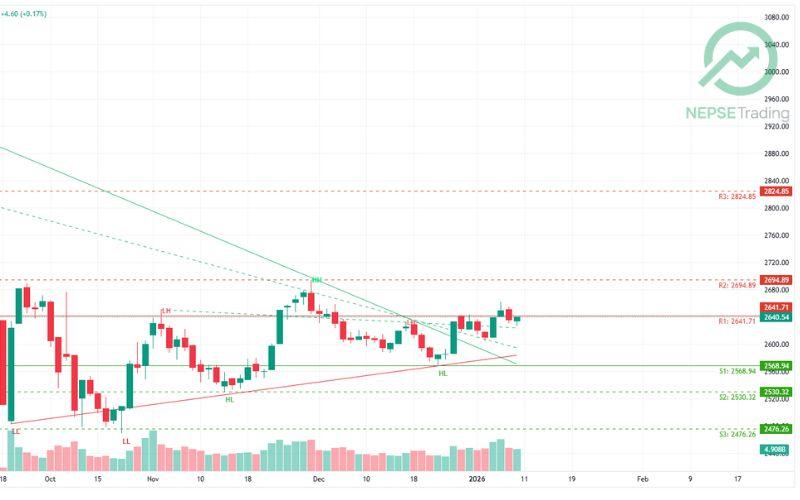
4 min read
Step-by-Step Guide for Applying Switzerland Business Visa from Nepal
If you are a Nepali citizen planning to travel to Switzerland for business purposes, such as meetings, conferences, or negotiations, you will need to apply for a Switzerland Business Visa. This visa allows you to stay for a short period (up to 90 days within a 180-day period) while engaging in professional activities. Here's a detailed step-by-step guide to help you through the process of applying for a business visa to Switzerland from Nepal.
Sandeep Chaudhary
·8 Jan, 2026








